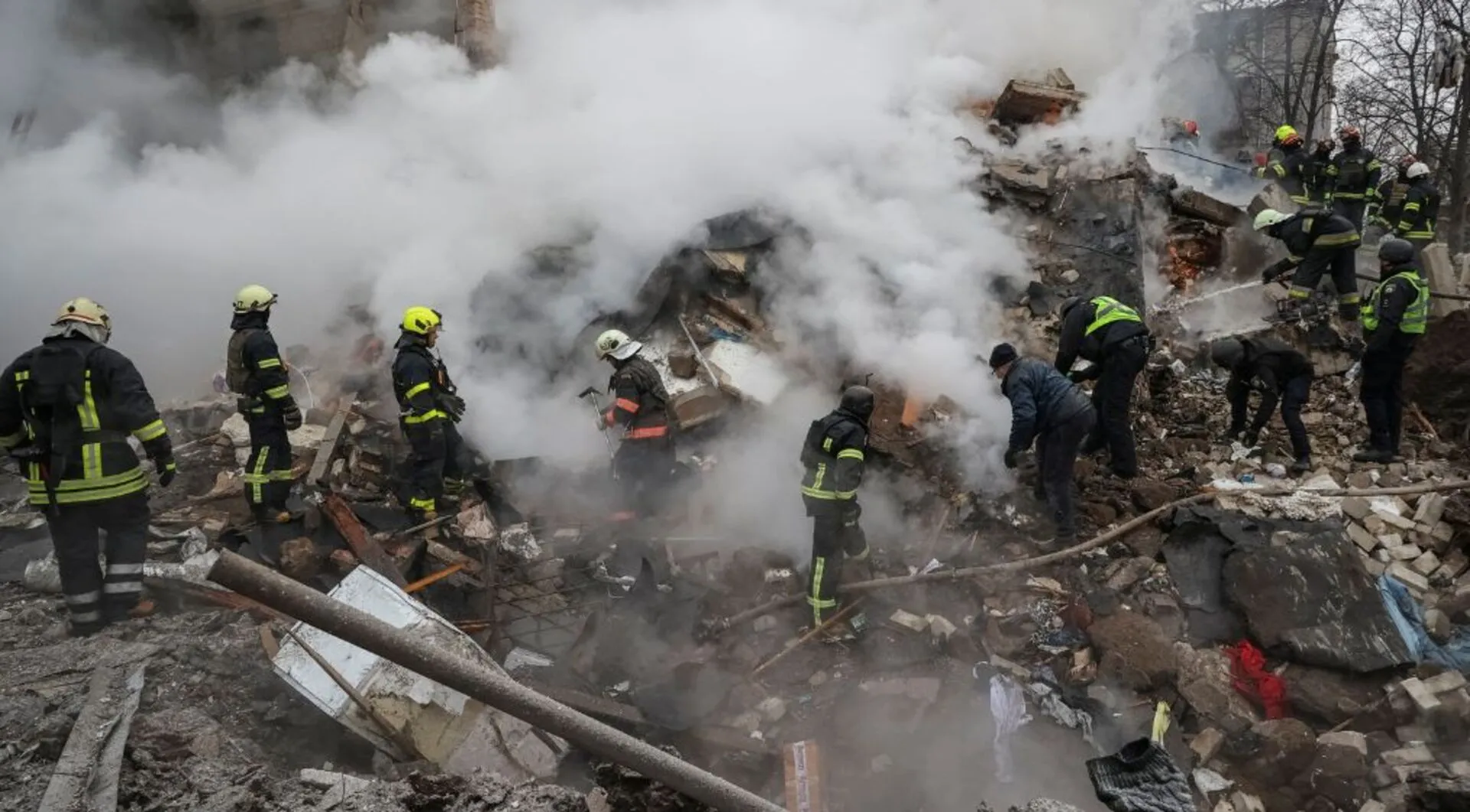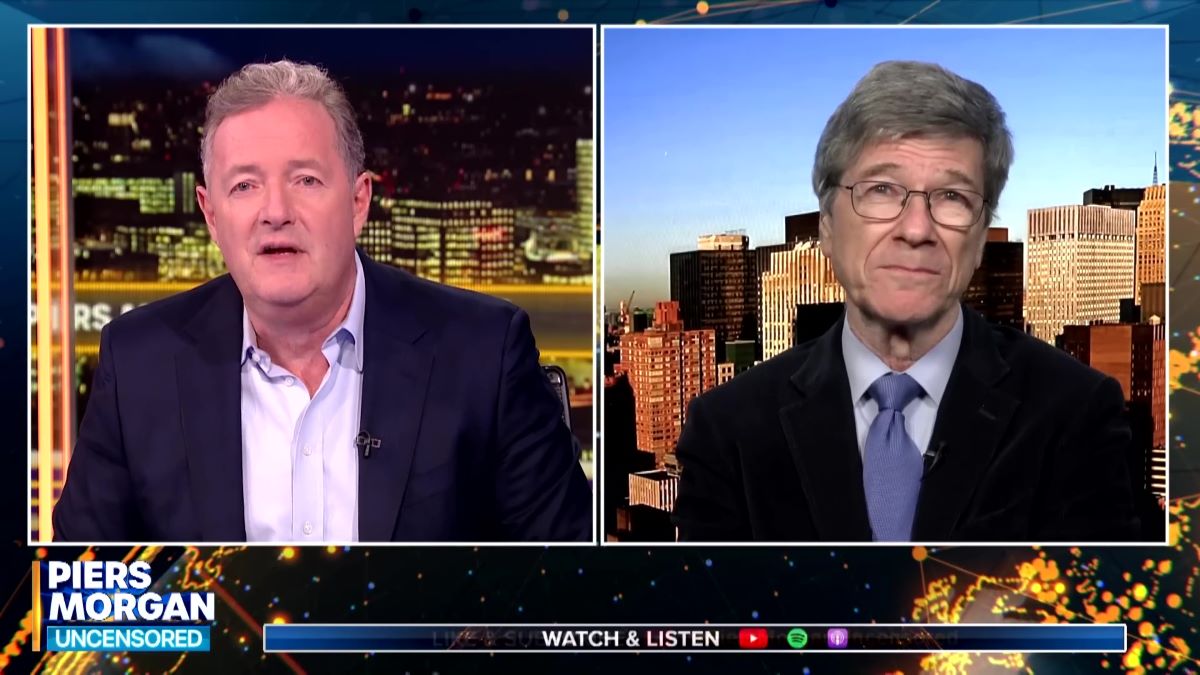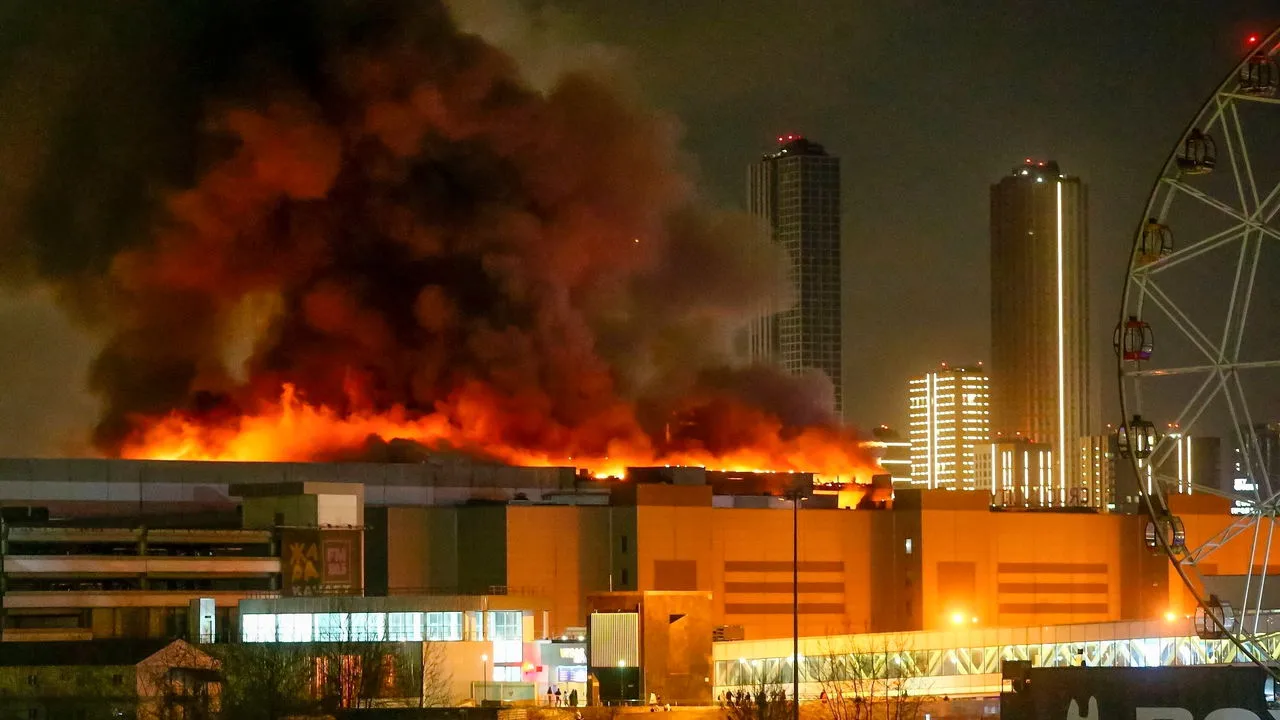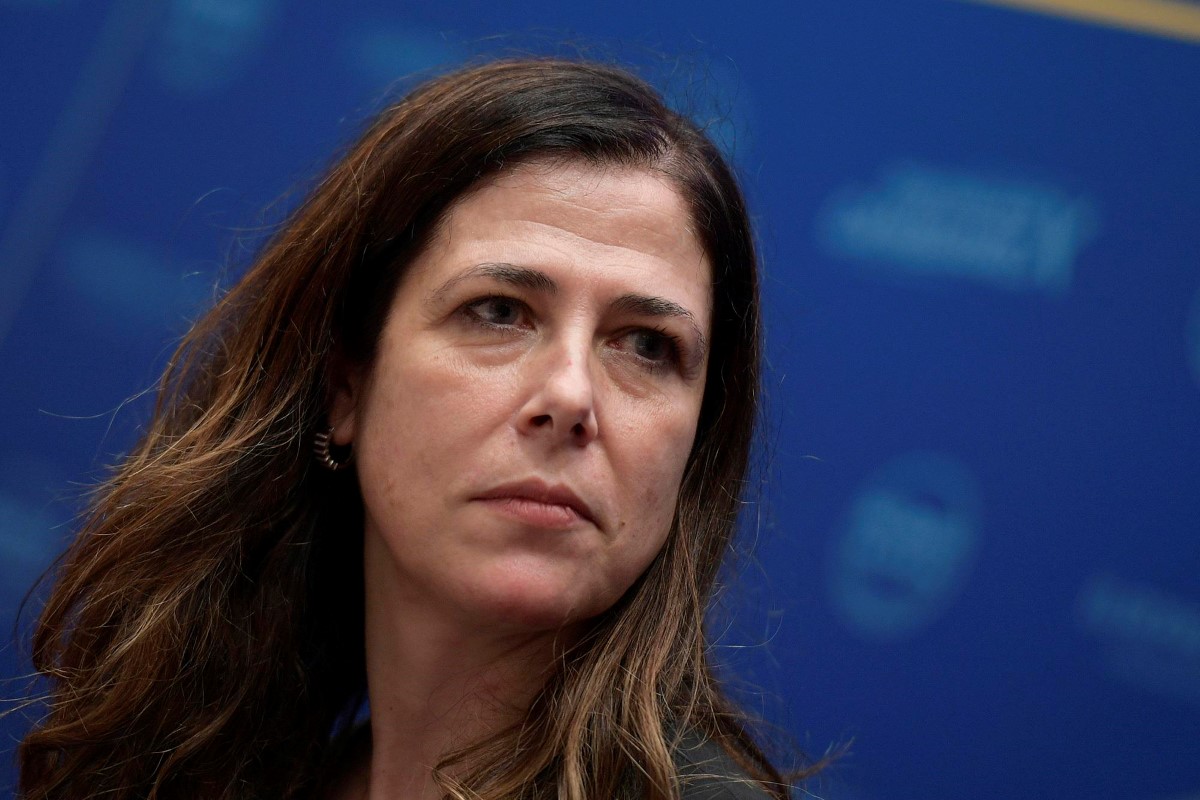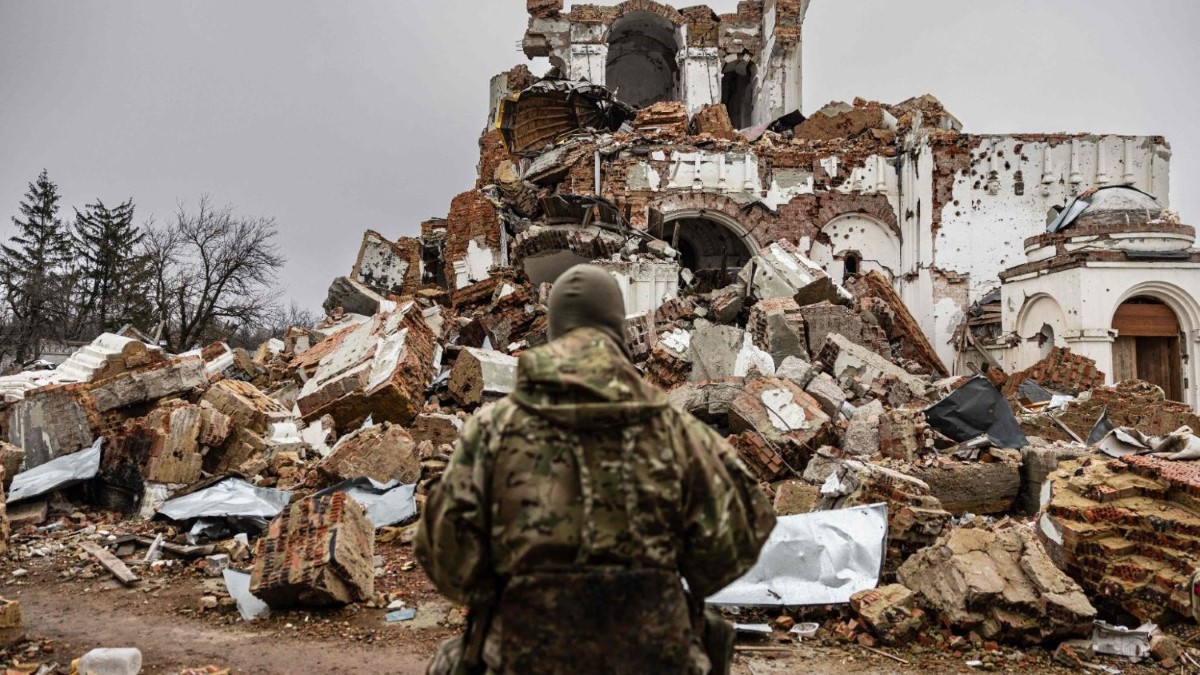“In ‘Out of Control’ by Marco Travaglio, published in Il Fatto Quotidiano on January 26, 2024, he stirs the pot with provocative insights about the conflict in Ukraine. Travaglio casts a skeptical eye on the murky circumstances surrounding the downing of a Russian aircraft, pointing out the clashing narratives from Moscow and Kiev. He highlights the involvement of American-made Patriot missiles, challenging Ukrainian President Zelensky’s assurances about the defensive use of Western weaponry. The article underscores deep rifts within the Ukrainian regime, showcasing the divergent views among politicians, military leaders, and civilians on war strategy and peace prospects. Travaglio paints a picture of Zelensky losing his grip, both on the conflict and its media narrative, unveiling a growing complexity and uncertainty about Ukraine’s future, especially concerning the sustainability of the ceasefire and the risks to international peacekeeping forces due to untraceable weapons sent to Kiev.
Out of Control
The truth about the downed Russian plane in Russia, allegedly by Ukraine – whether it was ferrying 65 Ukrainian prisoners for a swap as Moscow claims, or delivering arms to the front as Kiev insists – may forever remain shrouded in mystery. But here’s what we do know: 1) The plane was brought down by US-supplied Patriots, so much for Zelensky’s promise that our arms are only for self-defense, not aggression. 2) The Ukrainian government media (read: the entirety, in this so-called liberal democracy) initially claimed the attack, then backtracked once Moscow accused Kiev of killing 65 of its soldiers; the army eventually took responsibility, followed by Zelensky calling for an “international investigation” (into a Ukrainian strike?). It’s a familiar script from Kiev’s other alleged terror acts: the assassination of Darya Dugina, and the destruction of gas pipelines and the Russia-Crimea bridge. It’s also a foretaste of what might unfold in a post-Zelensky ceasefire.
The Western narrative paints Ukraine as a unified front: president, ministers, parliament, army, paramilitaries, intelligence, populace – all staunchly opposed to any truce until Putin’s defeat and NATO membership. Nonsense. The regime is fractured; political, military, intelligence and militia leaders are at odds; the people are split between anti-Russian, pro-Russian, and those advocating for a compromise to end the death, destruction, corruption, and poverty. And Zelensky is increasingly cornered, externally by the waning US support and internally by the failure of the counteroffensive, the rift with the army chief, and the resurgence of his predecessor-rival Poroshenko. He’s postponed the 2024 elections indefinitely and hinted at a coup against him, while his wife opposes his re-election for fear of him losing either the election or his life. The contradictory response to the plane’s downing might indicate an internal power struggle, perhaps sabotaging nascent prisoner exchange talks with Moscow. This could be the smoking gun proving Zelensky’s lost control over the war or its media portrayal. And it’s an ominous sign for the ‘after’: who will honor and enforce the ceasefire? With all the untraceable weapons we’ve sent to Kiev, any faction could breach the truce, turning the country into a hotbed of terrorism. If an international peacekeeping mission were deployed, our troops could find themselves in the crosshairs of doubly friendly fire. Shot by Ukrainians. With our own weapons.
Il Fatto Quotidiano, January 26, 2024

